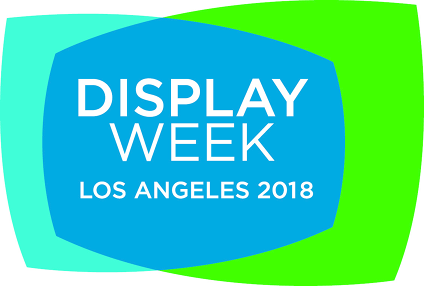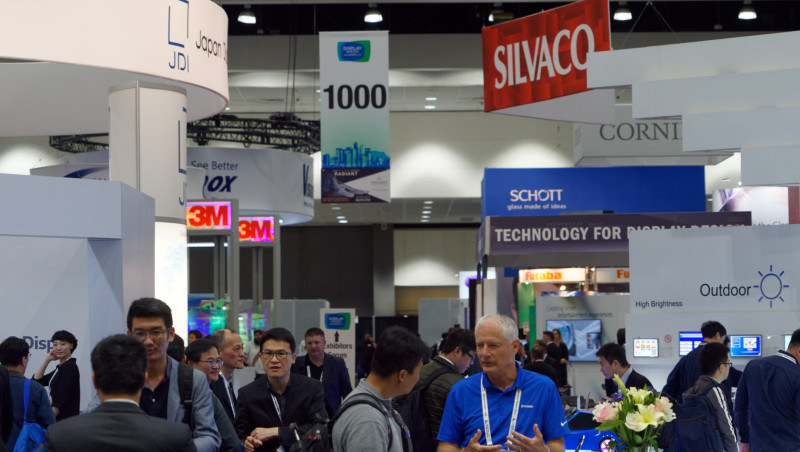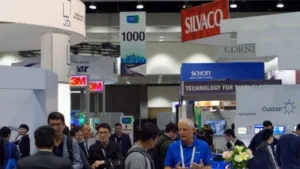 SID’s Display Week is always a highlight of the year and this year’s event was one of the best, I think. This year seems to have seen so many spectacular displays for so many applications that it feels to have been one of the most interesting. On the one hand, TV LCDs dominate the supply side of the business, with the shift to China as the biggest commercial story. On the other hand, there is a need for the rest of the industry to differentiate and find applications and technologies where the new Chinese G10+ fabs can’t compete means that there is a huge amount of R&D going on.
SID’s Display Week is always a highlight of the year and this year’s event was one of the best, I think. This year seems to have seen so many spectacular displays for so many applications that it feels to have been one of the most interesting. On the one hand, TV LCDs dominate the supply side of the business, with the shift to China as the biggest commercial story. On the other hand, there is a need for the rest of the industry to differentiate and find applications and technologies where the new Chinese G10+ fabs can’t compete means that there is a huge amount of R&D going on.
The big technology story was really microLED, I think, as many see this as the technology that can really compete and might even be an ‘end game’ in terms of 2D displays. MicroLED should have fantastic performance and high efficiency, a killer combination. If you have ever seen the Sony CLED display technology, you’ll understand why makers want to develop it. However, there will be a lot of challenges both for the monolithic microdisplays and for the ‘sparse matrix’ LEDs that might compete in everything from smartphones to public displays.
There were very impressive OLEDs from companies including Visionox, Tianma, BOE and JDI as well as Samsung and LG Display. I do get the sense that development of OLED is a bit stalled, pending the arrival of better blue materials, but the industrialisation continues.
One of the areas that seems to have seen a breakthrough is the development of flexible films that can protect the front surface of OLEDs and that could help to enable foldable devices – which I see as the change that could invigorate the smartphone market.
Of course, the improvements in OLEDs are forcing the LCD makers to really work very hard to develop competitive displays and a strong trend was the proliferation of miniLED backlights, which can bring the black levels of OLED to the LCDs that companies can make and, sometimes more important, can qualify for difficult applications such as automotive. I think this is going to be a very big trend, especially when combined with technology such as quantum dots (QDs) to extend colour gamuts. This year, we added Peter Palomaki as a specialist for our QD coverage.
I saw more companies than I expected in QDs and there were some great displays for AR and VR. Looking further into the future, light field and AS3D displays were more interesting than for a while and a personal highlight for me was the Dimenco 8K AS3D display – it’s 22 years since I saw my first AS3D display and this is the first one that I would think about buying (at least from a quality point of view).
Once again, ClearInk was impressive with its low power EPD display technology and the company has made strong progress.
The Business Conference and Investor Conference, which we have reported on in detail, were strong again, with lots of data that can inform delegates for a good few months. There were a couple of very interesting talks from companies that might, just, change everything, such as Amorphyx, which thinks it can replace TFTs.
Anway, I have to press on as we are still behind with our other event reports. I welcome feedback on our report. (BR)
 Image:Meko
Image:Meko

